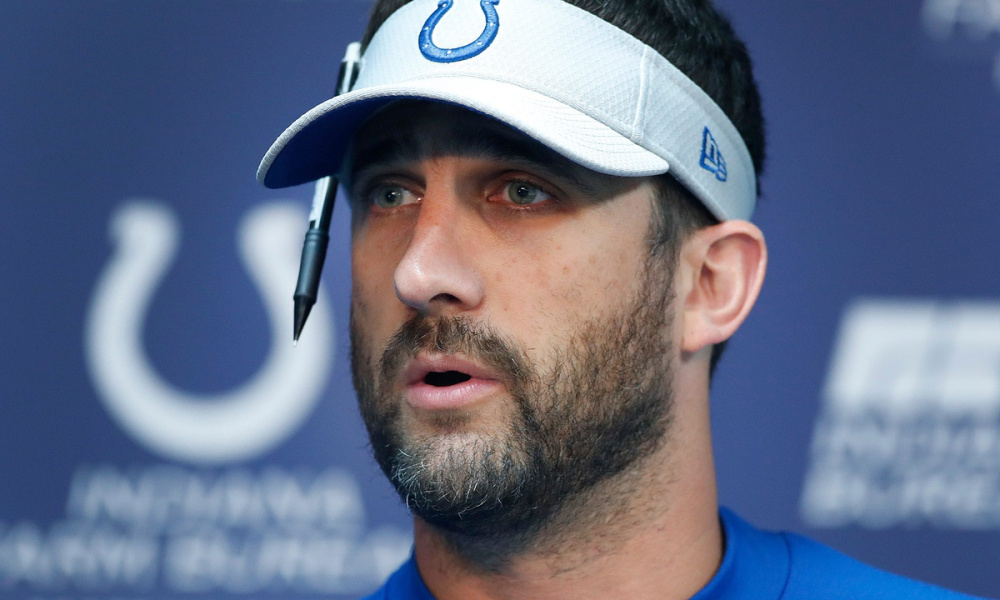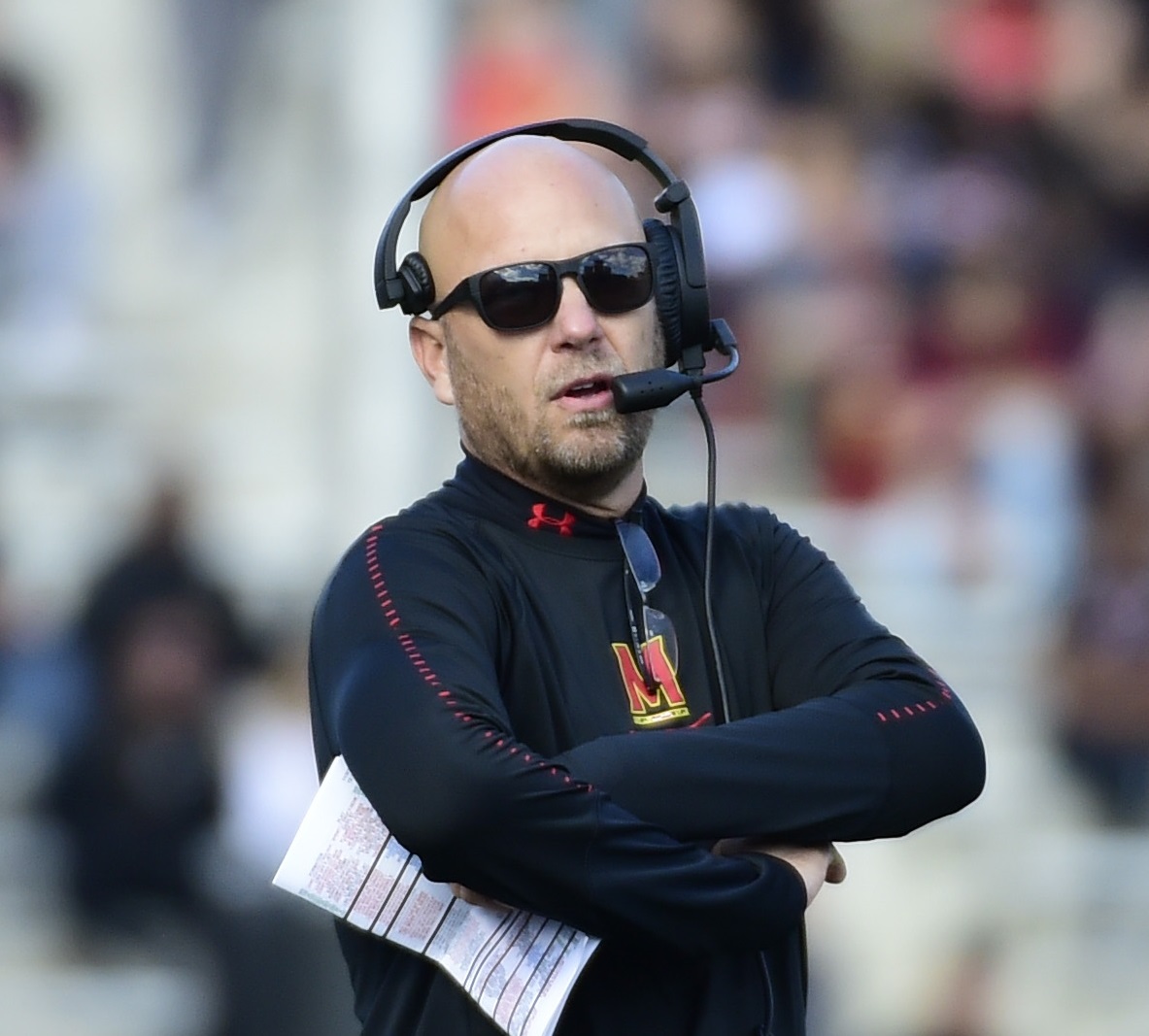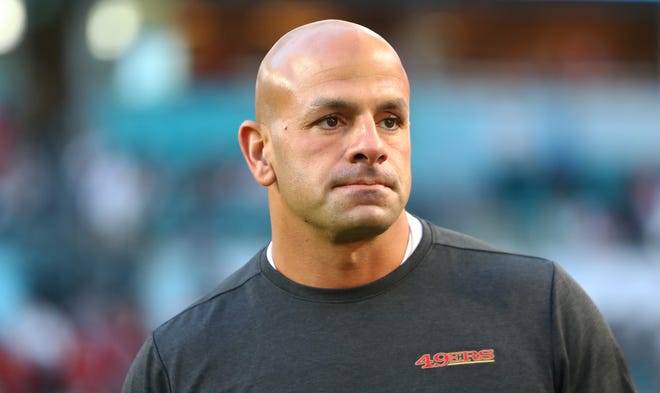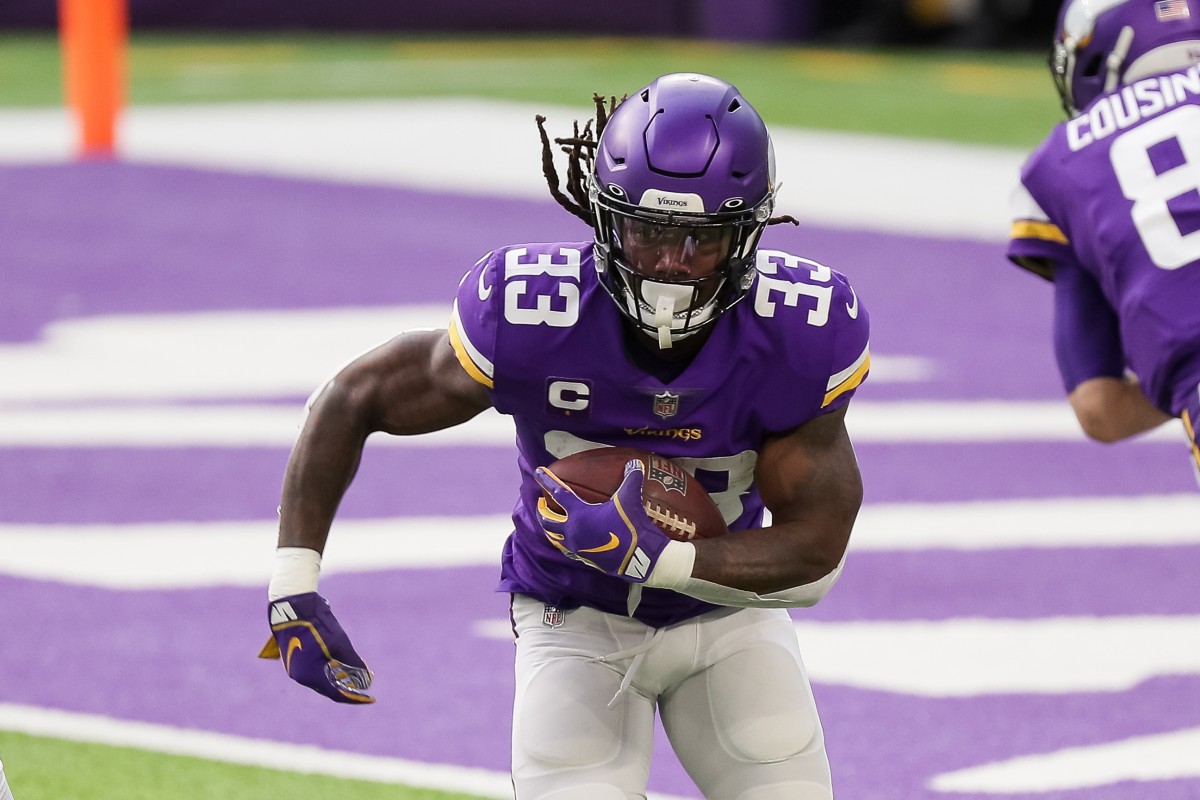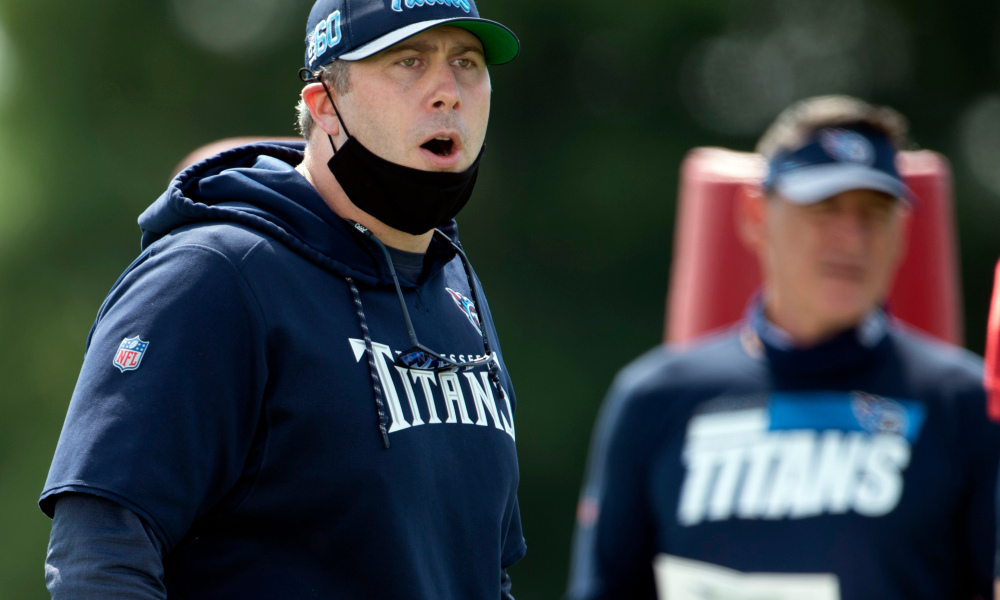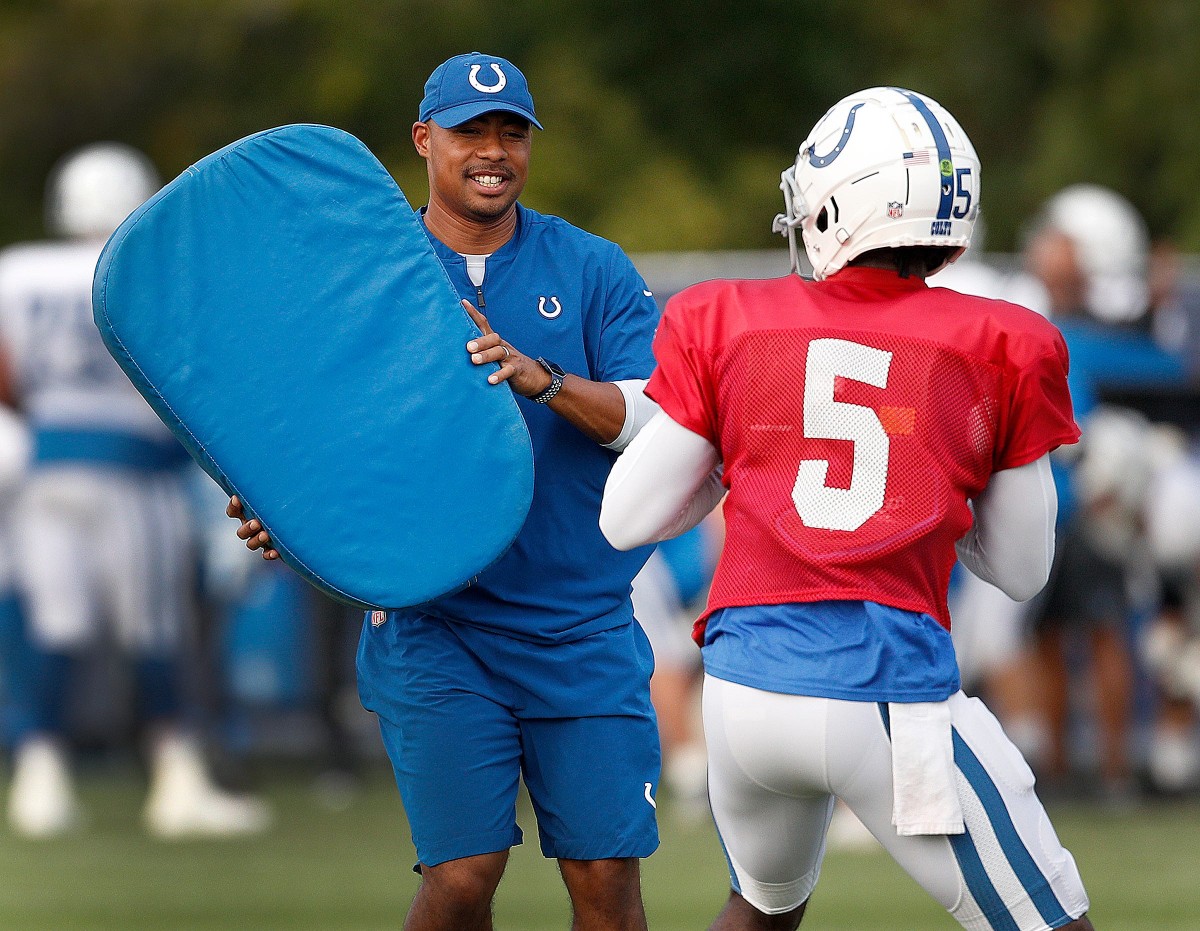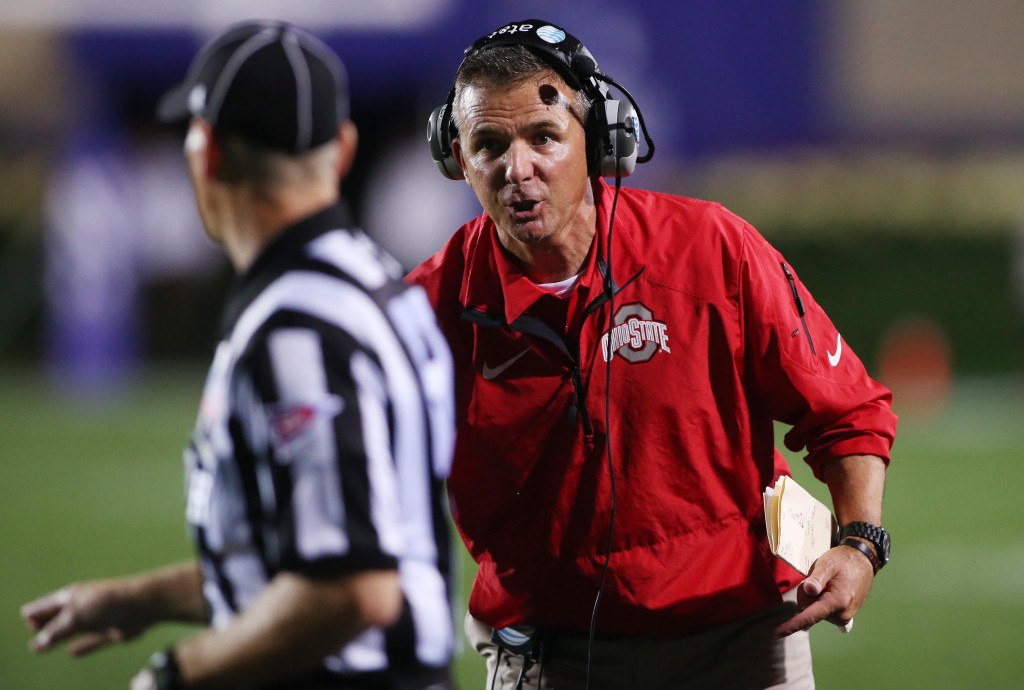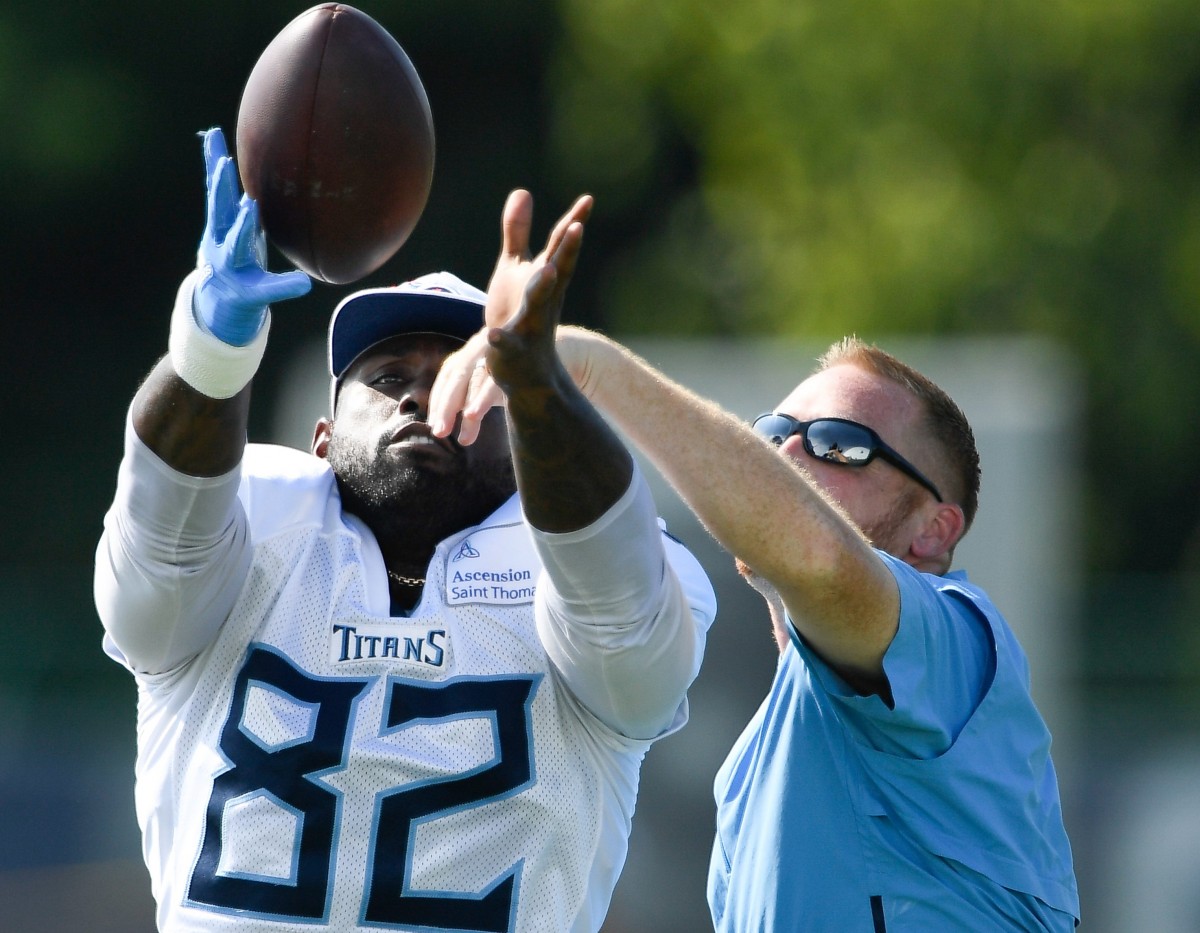The Eagles parted ways with head coach Doug Pederson after five seasons that saw him win the 2018 Super Bowl and then lose in the playoffs the next two years with 9-7 records. For 2020, it all imploded with the Eagles ending 4-11-1. Pederson was initially expected back but after a discussion with owner Jeffrey Lurie, the Eagles threw in the towel on his ability to fix the offense that tumbled to only 26th in scoring and 28th in passing yards.
Lurie interviewed ten different men for the head coach opening and opted for the 39-year-old offensive coordinator Nick Sirianni from the Colts. His NFL career started in 2009 with the Chiefs, where he held numerous jobs for four seasons and then went to the Chargers for seven years coaching quarterbacks and wide receivers. For the last three, he’s been the offensive coordinator for the Colts and Frank Reich. This is his first time as a head coach on any level.
Sirianni lands in Philadelphia where he’ll install his offense with the help of new offensive coordinator Shane Steichen. The ex-Chargers offensive coordinator of the last two seasons spent all but one NFL season with the Bolts and is only 35-years-old. He worked alongside with Sirianni for four seasons in San Diego/Los Angeles. This will be Sirianni’s offense.
Jonathan Gannon lands as the new defensive coordinator having last coached cornerbacks for the Colts for the last three seasons. Gannon served as a position coach on the defense with the Falcons (2007), Titans (2012-2013), and Vikings (2014-2017). He also spent two years as a college scout. This is a young, vibrant cast of coaches that already have ties with Sirianni when he was with either the Colts or the Chargers.
The new regime got off to an… awkward… start when Sirianni gave his first press conference. That could have gone better. He was obviously nervous, rambled at times and occasionally seemed to randomly attach strings of football buzzwords. After he wins a couple of games, that media stumble will be little remembered.
Sirianni inherits a team with a quarterback “situation”, an offensive line crushed by injuries last year and an offense that became dysfunctional and ineffective. He’s there to bring the team back together and get them to care about each other again. The youthful and energetic coaching staff should help to get the team feeling connected and unified again. He’ll run the offense and call the plays in addition to his head coaching duties.
Coaching tendencies
Head coach Nick Sirianni – The positive for fantasy football is that Sirianni, and OC Shane Steichen, will seek to maximize their players’ strengths and talents rather than force them to fit a particular system. Sirianni was a hot head coaching candidate because of his intelligence, motivation skills, and agility to adapt the scheme to the players. That was evident when his last three seasons in Indianapolis saw him with three different starting quarterbacks – Andrew Luck, Jacoby Brissett, and Philip Rivers.
In each of the two seasons, his offense ranked No. 4 in rushing attempts. They only completed 70 passes to running backs in 2019 with Brissett needing blocking help but then completed 114 to the position last year for the No. 3 rank in the NFL. The addition of Jonathan Taylor created the No. 6 fantasy back but his offenses will produce solid fantasy points from the backfield in whatever way that has to happen.
The success of the passing game varied in his three seasons with three different quarterbacks. With Luck under center, the Colts threw 643 passes (No. 2) and he notched 39 touchdowns (No. 2) in 2018. The stats dropped in 2019 when Luck retired and Brissett took over. Then Rivers delivered mostly average production in 2020. All three had different ratios of run-to-pass, length-of-completion, and every other quarterback measurable.
Again – this is ideal for fantasy football because the best players get the ball. There’s far less head-scratching coaching decisions involving play calling and player usage.
Defensive coordinator Jonathan Gannon – This is the first time as a defensive coordinator though Sirianni is comfortable with that given that the offense remains under the direction of the head coach. But what Gannon brings to the defense is hard to forecast since he’s never schemed for an entire defense before and spent most his career with defensive backs while playing under DC Jim Rhodes in Indy and George Edwards at the Vikings.
Gannon helped to develop Xavier Rhodes remain one of the premier cornerbacks when he was at the Vikings and later revived his career at the Colts. The expectation is that Gannon primarily imports the Schwartz defense from the Colts, but will have a free hand to shape and mold it as he sees fit. That means a 4-3 base and a varying coverage between man and zone depending on the opponent. That means the defense will evolve as they match personnel and Gannon gains experience.
The concern is that Gannon hasn’t done this before and Sirianni has the entire team on his plate while also running the offense. Gannon is considered very intelligent and was one of the desirable candidates for defensive coordinator in the NFL this offseason. There’s just little to go on with the young, inexperienced coordinator. Given the youthful and less-experienced state of the coaching staff, that points to a total rebuild and a move meant to address the long-term over just this season.
[lawrence-related id=457102]
Personnel changes
It is somewhat ironic that the Eagles new head coach and defensive coordinator come from the Colts, since that’s where they sent Carson Wentz. Jalen Hurts is the unquestioned starting quarterback. The coaching change is favorable for Hurts since Sirianni has always adjusted the offense to the talent under center. Hurts will continue to offer a dual threat for the Eagles as a passer and rusher but the offense will be new and there should be new players to involve as well.
Miles Sanders returns for his third season and still has yet to break 867 rushing yards but he’s easily the best back of the bunch. Zach Ertz enters the final year of his contract but may be traded or just released. He fell off the map during the Eagle’s dramatic decline in 2020. Dallas Goedert handle the primary receiving role with Ertz gone.
DeSean Jackson was released and Alshon Jeffery is expected to join him. First-round pick Jalen Reagor made little mark with only 396 yards on 31 catches and one score. Greg Ward actually led the wideouts with 40 catches so the receiving corps has to be a priority. The passing production fell off with Carson Wentz in decline but improved a bit with the abbreviated play from Hurts.
Going into the draft, the Eagles own the 1.06, 2.05, 3.06, and 3.20 over the first two days. That first-round pick could grab a top wideout or cornerback, depending on where the rebuild starts.
The Eagles will add receiving help in the draft at the least, and that will be for a player with year-one expectations of contributing.
Fantasy football takeaway
This is another team that will be installing all-new schemes on offense and defense, using a very young set of coaches. Add in Jalen Hurts getting his first full season as a starter and the Eagles offense will be inconsistent at best. The offensive line should recover from their massive issues last year and that will help Hurts passing.
Miles Sanders should remain a solid fantasy choice, particularly if the offensive line can return to their previous strength. Sirianni turned to the rookie Jonathan Taylor later in the year as a workhorse back. Sanders already has two seasons under his belt and should see an increase in work. He’s the only Eagle’s ball handler that is a lock for a better season.
If Ertz leaves, Goedert becomes a very strong fantasy option at tight end. Given the less experienced and productive wideouts, his role should remain at least as busy as his 46 catches for 524 yards last season and likely more.
Jalen Reagor is the wideout to watch in the hopes that his sophomore season can deliver on his potential. If the Eagles spend their 1.06 on a wideout, he’ll be worthwhile in a fantasy draft even as a rookie. If they hold off until later rounds, the Eagles may not provide any notable fantasy receivers outside of Goedert same as last season.
The team is playing the long game with their selection of coaches, so 2021 will be a rebuilding year that will see the new offense evolve. That leaves Sanders, Hurts and Goedert as the only locks for fantasy relevance.
